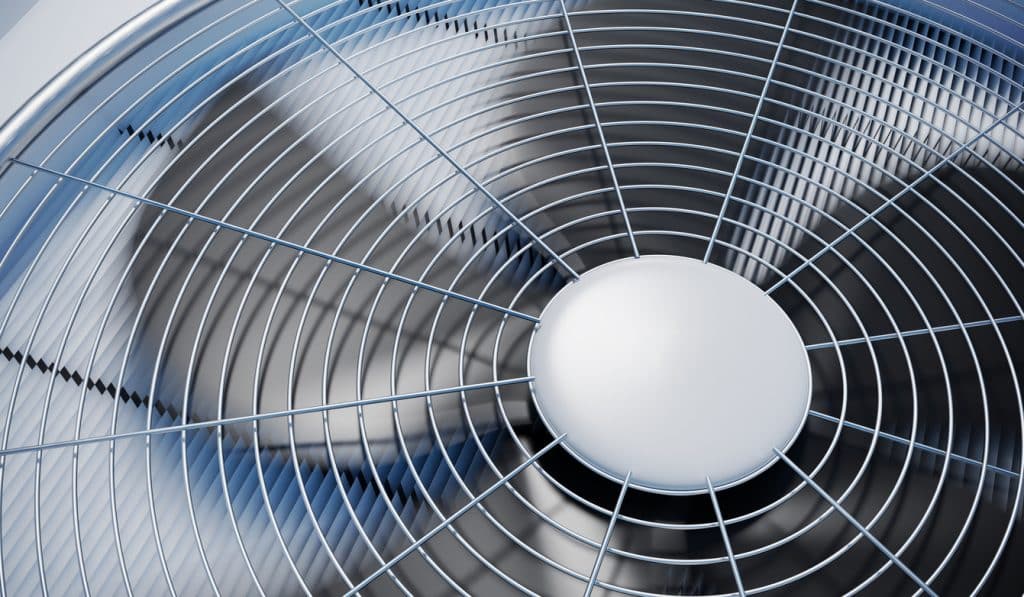As the scorching heat of summer arrives, air conditioning units become our go-to solution for a cool and comfortable indoor environment. However, amid the relief they provide, it’s worth delving into the energy consumption of these devices. Understanding how much power an average AC unit uses while cooling your space empowers you with knowledge and enables you to make conscious decisions to manage your energy consumption more effectively.
Average Power Consumption
The power consumption of an average AC unit during cooling can vary widely depending on several factors. On average, a window air conditioner might consume around 500 to 1,500 watts, while a central air conditioning system could use anywhere from 2,000 to 5,000 watts. These figures, however, are just ballpark estimates, and actual consumption can differ due to factors such as the unit’s size, efficiency, duration of operation, and local climate.
Factors Affecting Consumption
Numerous factors influence an AC unit’s power consumption. The size of the room or space being cooled plays a critical role. For example, larger areas require more energy to maintain a consistent temperature. Additionally, the thermostat setting significantly impacts consumption, as lower temperatures lead to higher energy use. The unit’s energy efficiency, as denoted by its SEER (Seasonal Energy Efficiency Ratio) or EER (Energy Efficiency Ratio) rating, also contributes to how efficiently cooling is achieved.
Cooling Strategies
Maximizing the efficiency of your air conditioner involves adopting various cooling strategies. Regular maintenance, such as cleaning or replacing air filters, ensures proper airflow and reduces strain on the unit. Installing a programmable thermostat lets you regulate temperatures more precisely and avoid unnecessary cooling when you’re not at home. Proper insulation and sealing gaps in your house can also contribute to maintaining a cooler indoor environment without overworking the AC unit.
Energy-Saving Tips
To cut down on AC-related energy expenses, consider a few energy-saving practices. Set your thermostat to a reasonable temperature, ideally in the range of 72-78°F to balance comfort and energy efficiency. Utilize fans to circulate cool air efficiently throughout the space. If possible, avoid heat-generating activities during the hottest parts of the day. When upgrading or purchasing an AC unit, prioritize models with higher SEER or EER ratings for long-term energy savings.
Understanding the power requirements of your AC unit not only empowers you to make informed decisions about your cooling needs but also allows you to be a more responsible energy consumer. By considering the various factors influencing consumption and adopting energy-efficient practices, you can enjoy a comfortable living space while minimizing your ecological footprint and energy bills. At Air Temp Air Conditioning, Inc in Port Saint Lucie, FL, we offer services like AC repair to help you get the most out of your air conditioning unit, so call us today to schedule an appointment.










